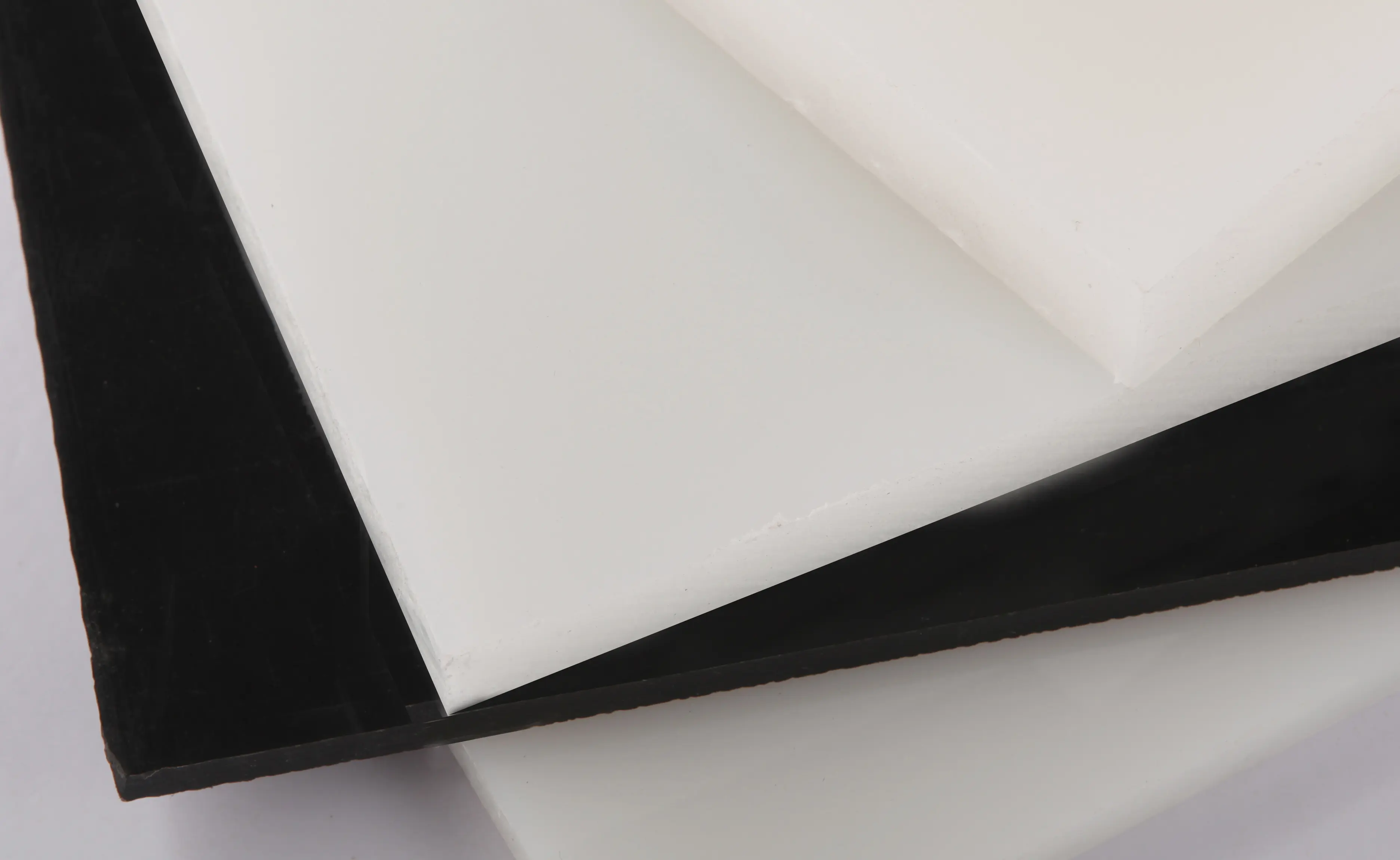nov . 16, 2024 11:37 Back to list
hdpe tube
The Versatility and Applications of HDPE Tubing
High-Density Polyethylene (HDPE) tubing is a type of plastic that has gained remarkable popularity in various industries due to its impressive characteristics and applications. Known for its durability, flexibility, and resistance to chemicals and environmental stress, HDPE tubing is a practical choice for a variety of uses, from agricultural irrigation systems to medical devices.
Understanding HDPE
HDPE is a thermoplastic polymer made from petroleum. Its high-density structure contributes to its strength and makes it resistant to a range of chemicals, which is an essential quality for products that require longevity and durability. The manufacturing process of HDPE tubing involves the extrusion of high-density polyethylene resin, which results in the creation of strong and flexible tubes.
Advantages of HDPE Tubing
One of the primary advantages of HDPE tubing is its resistance to corrosion and chemical degradation. Unlike metal pipes, which can rust and degrade over time, HDPE remains unaffected by most chemicals, making it an ideal material for applications involving aggressive substances. Additionally, HDPE tubing is lightweight, which simplifies transportation and installation, and its flexibility allows it to withstand the rigors of varying environmental conditions.
Further, HDPE is also highly resistant to UV radiation, which makes it suitable for outdoor applications. Its longevity — often exceeding 50 years — ensures cost-effectiveness in the long run; while the initial investment might be higher than some alternatives, the durability of HDPE can lead to significant savings on maintenance and replacements over time.
Applications of HDPE Tubing
hdpe tube

The versatility of HDPE tubing can be seen in its wide range of applications. In agriculture, it is commonly used for irrigation systems and water conveyance. The tubing can easily be shaped to fit various landscapes, and its smooth inner surface reduces friction loss, providing efficient water flow to crops.
In industrial settings, HDPE tubing is employed in chemical processing, oil and gas industries, and construction. Its ability to withstand high pressures and temperatures makes it ideal for transporting liquids and gases. This factor has led to increased usage in hydraulic fracturing, where safe and reliable piping is crucial for operations.
Moreover, HDPE is gaining traction in the medical field. Its non-toxic nature and sterilizability make it ideal for manufacturing medical devices and containers for pharmaceuticals. The precision that can be achieved in the production of HDPE tubing facilitates its use in intricate medical applications, such as intravenous lines and other medical systems where a sterile and reliable conduit is essential.
Environmental Considerations
Another noteworthy aspect of HDPE tubing is its environmental friendliness. HDPE is 100% recyclable, which makes it a preferable choice in an era where sustainability is increasingly prioritized. Manufacturers are opting for recycled HDPE in production, further enhancing the material's sustainability profile. In addition, its long lifespan means that fewer replacements are needed over time, which reduces environmental waste.
Conclusion
In conclusion, HDPE tubing stands out as a versatile and durable solution across diverse fields. Its resistance to chemicals, UV light, and extreme temperatures, coupled with its lightweight and flexible nature, makes it an ideal choice for industries ranging from agriculture to healthcare. As we become more aware of environmental sustainability, the recyclability of HDPE adds to its appeal. Thus, as industries continue to innovate and grow, HDPE tubing is likely to remain a fundamental material, adapting to new challenges and applications in the future.
-
Durable PP Rigid Sheet: Lightweight, Chemical Resistant Solutions
NewsAug.21,2025
-
PVC Grey Sheet for Extraction: Chemical Resistant & Durable
NewsAug.19,2025
-
Durable PVC Pipe Fittings for Plumbing & Irrigation Needs
NewsAug.18,2025
-
HDPE Steel Belt Reinforced Spiral Corrugated Pipe | High Strength
NewsAug.17,2025
-
HDPE Pipe Fittings: Durable, Leak-Proof Solutions
NewsAug.16,2025
-
Premium CPVC Sheet: High-Temp & Chemical Resistant Solutions
NewsAug.15,2025

